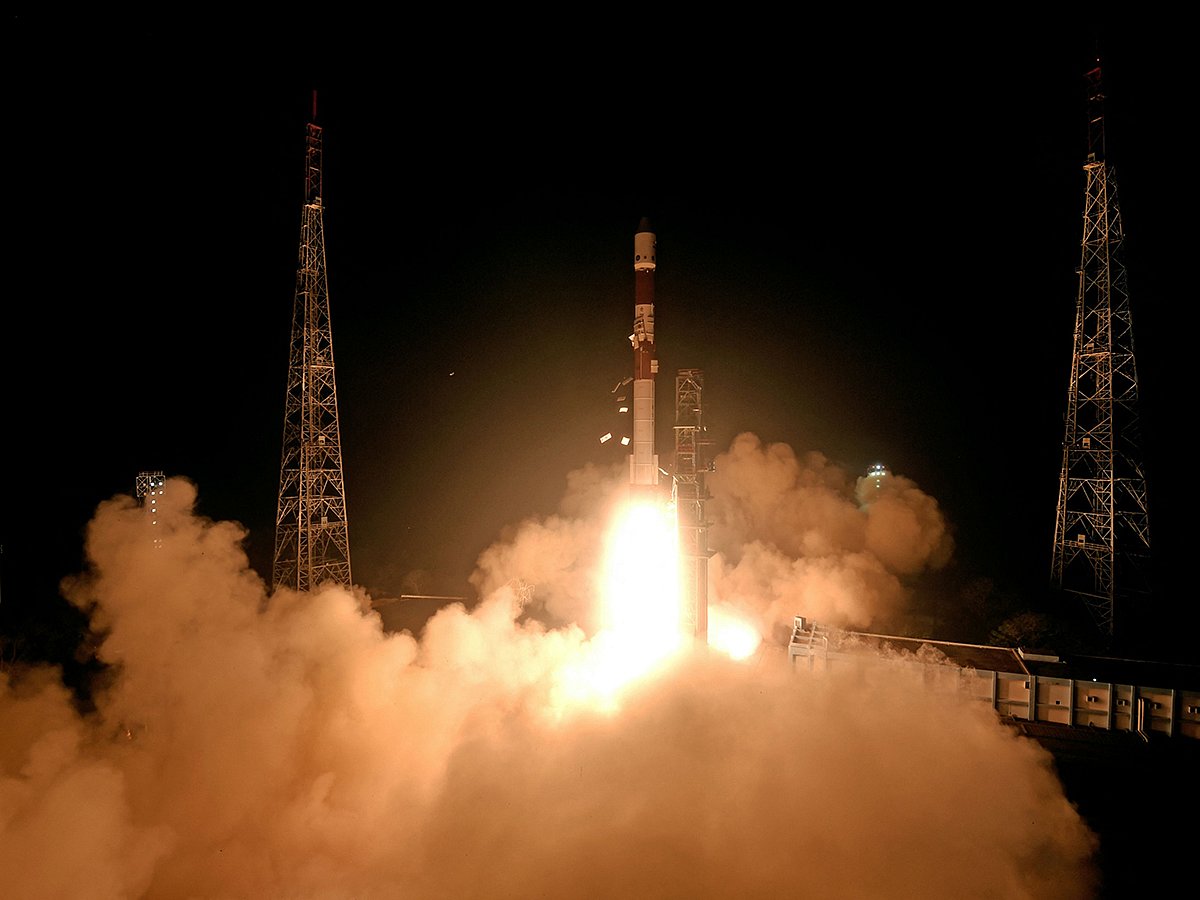India rocket launches space docking mission
Mission to ‘develop technology for rendezvous, docking, and undocking of two spacecraft’

New Delhi: India launched a rocket Monday carrying two small spacecraft to test docking in space, a critical step for the country’s dreams of a space station and a manned Moon mission.
The mission is “vital for India’s future space ambitions”, Jitendra Singh, the country’s science and technology minister, said in a statement ahead of the launch, which was broadcast live by the Indian Space Research Organisation (ISRO).
Prime Minister Narendra Modi announced plans last year to send a man to the Moon by 2040.
The PSLV-C60 rocket, which blasted off Monday evening at the Sriharikota launch site with shooting flames as it soared into the night sky, included two 220-kilogramme satellites.
ISRO has dubbed the mission SpaDeX, or Space Docking Experiment.
“PSLV-C60 successfully launches SpaDeX and 24 payloads,” it said in a statement.
The mission is intended to “develop and demonstrate the technology needed for rendezvous, docking, and undocking of two small spacecraft”, it added.
The technology is “essential” for India’s Moon plans, it added, calling it a “key technology for future human spaceflight and satellite servicing missions”.
It will involve a “precision rendezvous”, manoeuvering satellites orbiting Earth at speeds of 28,800 kilometres per hour.
Their relative velocities will be reduced to 0.036 kph to “merge to form a single unit in Space”, ISRO said.
“Through this mission, India is marching towards becoming the fourth country in the world to have space docking technology,” ISRO added, after Russia, the United States and China.
In August 2023, India became just the fourth nation to land an unmanned craft on the Moon after Russia, the United States and China.
Meanwhile, the Indian Space Research Organisation (ISRO) is preparing for the launch of the NVS-02 satellite in January 2025, aboard the Geosynchronous Satellite Launch Vehicle (GSLV), said ISRO Chairman S. Somanath. Speaking about the upcoming mission, Somanath added that this mission is just one of many planned for the upcoming year.
“In 2025, we have many missions. To start with, we have the mission of GSLV launching the NVS-02 in the month of January,” Somanath said.
Earlier, on May 29, 2023, the GSLV-F12 rocket successfully launched the NVS-01 satellite, weighing 2,232 kg, into Geosynchronous Transfer Orbit (GTO).
According to an ISRO statement, the NVS-01 satellite featured an indigenous atomic clock and was designed to enhance the capabilities of NavIC, including L1 band signals for broader service coverage. The NVS-02 mission is likely to continue this progress, further strengthening the NavIC system with advanced features.
The announcement was made by Somanath after the successful launch of PSLV-C60, which carried the SpaDeX and other payloads.
Sign up for the Daily Briefing
Get the latest news and updates straight to your inbox
Network Links
GN StoreDownload our app
© Al Nisr Publishing LLC 2025. All rights reserved.